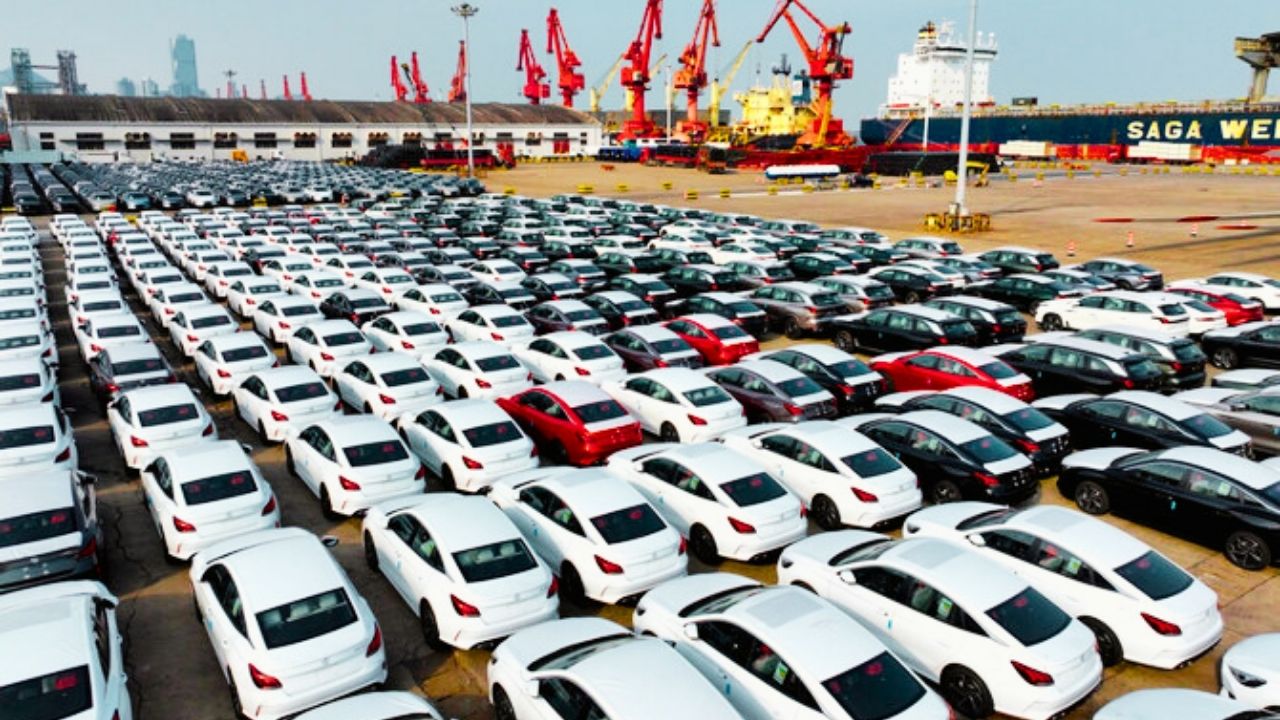In a dramatic escalation of trade tensions, China has swiftly retaliated against the United States, imposing tariffs on American imports just hours after new duties were enacted by President Trump. This renewed conflict between the world’s two largest economies ignites a trade war that had momentarily simmered down.
Effective at 12:01 a.m. ET on Tuesday, Trump’s 10 percent tariff on all Chinese imports came into play. In response, China’s Finance Ministry announced its own levies: a 15 percent tariff on U.S. coal and liquefied natural gas (LNG), and 10 percent on crude oil, agricultural machinery, and certain automobiles. These tariffs on American exports will take effect on February 10.
Compounding the situation, China’s Commerce Ministry revealed it would impose export controls on critical materials like tungsten and molybdenum to protect national security interests. This move signals a strategic maneuver in the ongoing economic showdown.
While Trump momentarily suspended threats of additional tariffs on Mexico and Canada, securing a 30-day pause in exchange for enhanced border enforcement, no such respite was granted to China. The White House indicated that Trump would not engage with Chinese President Xi Jinping until later in the week.
The roots of this conflict trace back to Trump’s first term, which saw the initiation of a brutal trade war in 2018 aimed at addressing China’s substantial trade surplus. This tit-for-tat exchange of tariffs on hundreds of billions of dollars’ worth of goods has disrupted global supply chains and dampened economic growth worldwide.
Although China had previously committed to increasing its purchases of U.S. goods by $200 billion annually to resolve the trade war, those plans fell apart due to the COVID-19 pandemic, leading to a widening trade deficit of $361 billion, according to recent customs data.
Economic analysts predict that the trade war is just beginning, with further tariff increases likely. Trump has explicitly warned that tariffs could escalate unless China curtails the flow of fentanyl—a potent opioid—into the U.S. “China hopefully is going to stop sending us fentanyl, and if they’re not, the tariffs are going to go substantially higher,” he stated.
While China maintains that the fentanyl crisis is a domestic issue for America, it has signaled intentions to challenge the tariffs at the World Trade Organization while keeping communication channels open for potential negotiations.
Meanwhile, leaders in Canada and Mexico express relief following successful negotiations that averted hefty tariffs. Canadian Prime Minister Justin Trudeau and Mexican President Claudia Sheinbaum both agreed to enhance border enforcement to meet Trump’s demands to combat immigration and drug trafficking.
Canada plans to deploy advanced technology and personnel along its border, while Mexico commits to sending 10,000 National Guard members to bolster its northern border against illegal migration and drug smuggling. In turn, the U.S. has vowed to prevent the trafficking of high-powered weapons into Mexico.
Trump, reflecting on these developments, stated, “As President, it is my responsibility to ensure the safety of ALL Americans, and I am doing just that.” As negotiations continue with both nations, the intertwined economies of North America remain a focal point in this complex geopolitical landscape.












+ There are no comments
Add yours